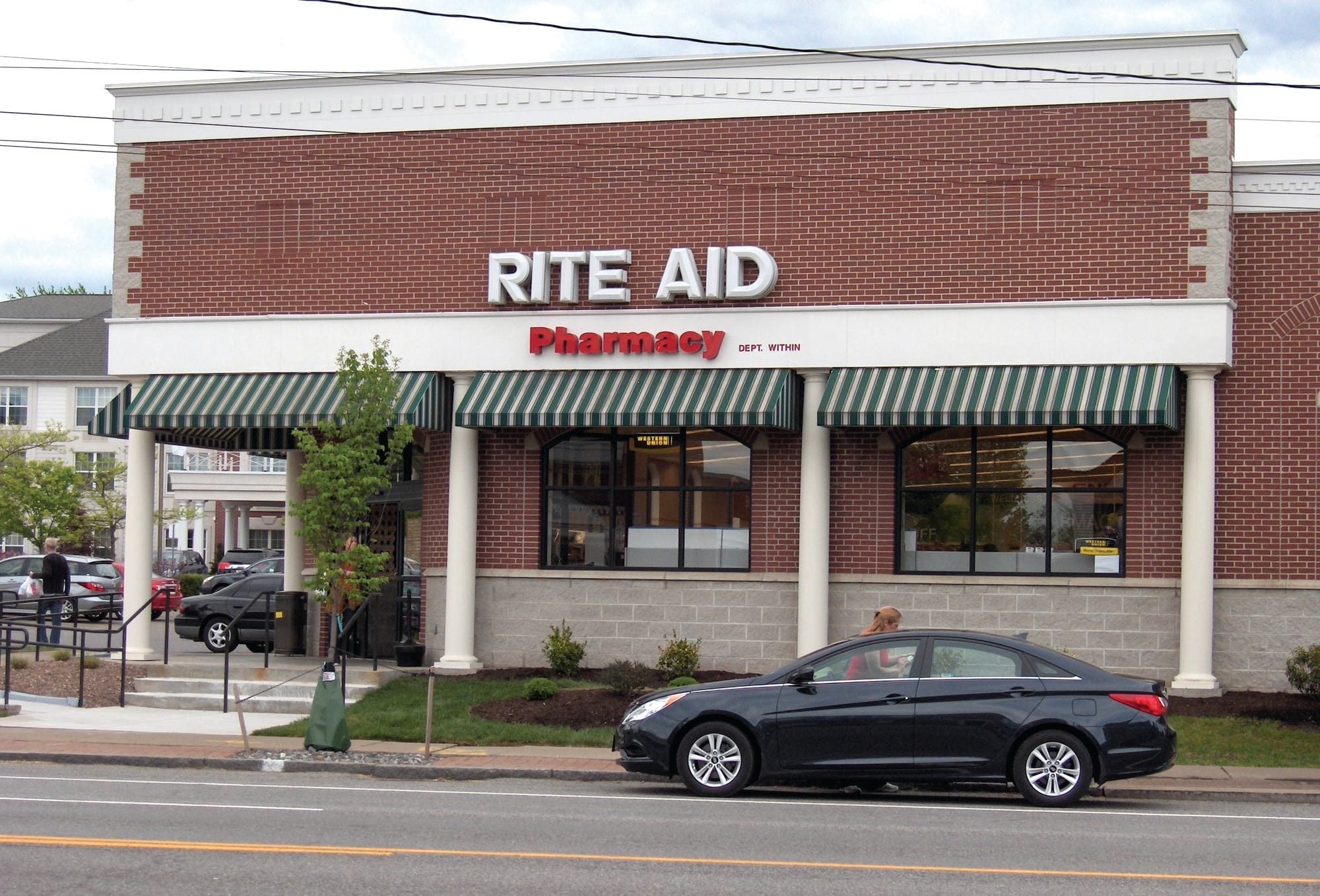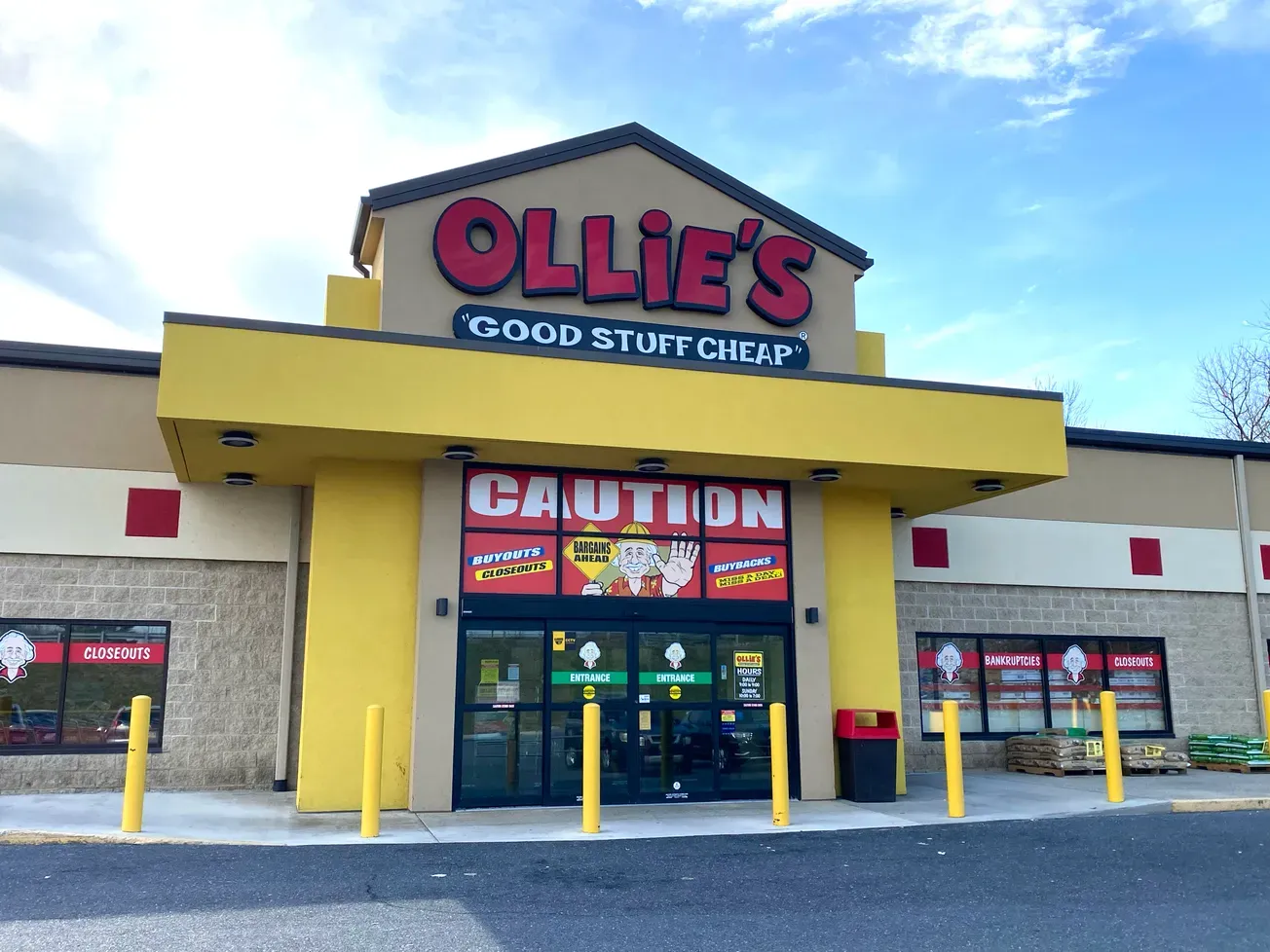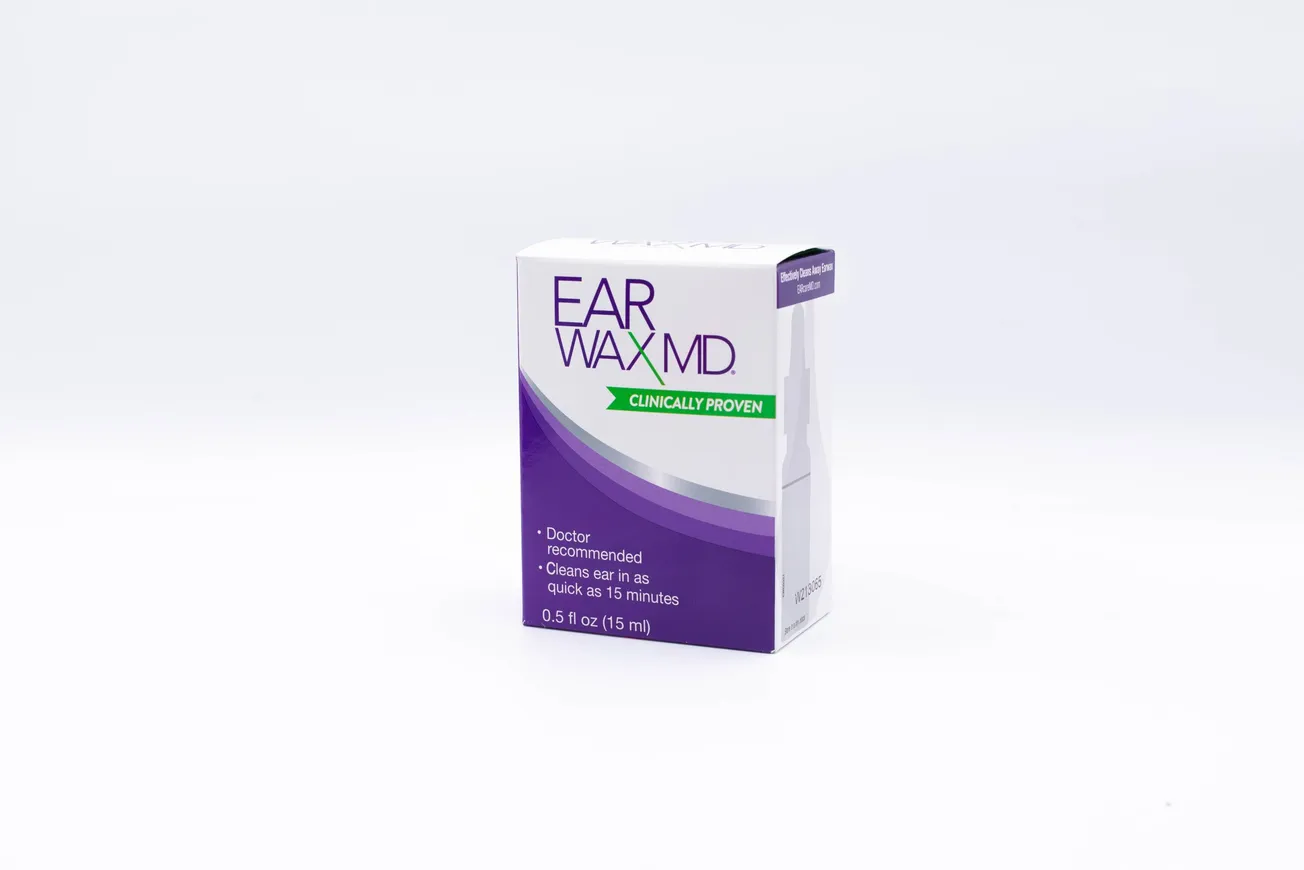
Rite Aid will go it alone after its merger with Albertsons fizzled.
CAMP HILL, Pa. — The scuttling of Rite Aid Corp.’s acquisition by Albertsons Cos. leaves the chain drug landscape basically unchanged, except that the No. 3 player now faces mounting challenges.
In the face of increasingly vocal opposition from major Rite Aid institutional stockholders and two thumbs-down evaluations from leading investors’ advisory services, the two companies mutually agreed to terminate their $24 billion merger agreement the day before it was to be voted on by Rite Aid shareholders. Neither company was subject to any payment to the other for the cancellation.
Rite Aid chairman and chief executive officer John Standley had argued in a May investors’ presentation that the combination would create the largest food and drug retailer and would dramatically increase Rite Aid’s scale. Plans called for most of Albertsons’ 1,800 pharmacies to be converted to the Rite Aid banner, giving the combined company, with Rite Aid’s EnvisionRx pharmacy benefits manager, the opportunity to form narrow pharmacy networks. Moreover, there would have been opportunity to expand by opening pharmacies in some of Albertsons Cos.’ banners in the Northeast, particularly Shaw’s Supermarkets and Acme Markets.
“It transforms us from a regional pharmacy player to a leader in food, health and wellness,” Standley said in a video released by the company.
The companies had projected combined annual revenue of $83 billion, $3.7 billion in pretax earnings in the first year after closing the deal and $375 million in annual cost savings by 2022.
The agreement had given Rite Aid shareholders the choice to receive either one share of Albertsons Cos.’ common stock plus about $1.83 in cash, or 1.079 shares of Albertsons stock in exchange for every 10 shares of Rite Aid common stock. Depending on how many investors selected the cash and stock option, Rite Aid stockholders would have held between 28% and 29.6% of the combined company.
Both Rite Aid and Albertsons maintained that the strategic rationale for the merger was compelling and rejected the contention that the terms did not adequately compensate Rite Aid investors. But in the end, apparently, it was clear that the vote would fail after Albertsons’ board was unwilling to sweeten the terms.
According to The Wall Street Journal, most of the drug chain’s largest shareholders planned to vote against the acquisition. Highlands Capital Management, one of the drug chain’s 10 largest investors with a stake of approximately 4.4%, had revealed its opposition in June.
In July, two of the most influential shareholder advisory services, Glass Lewis and Institutional Shareholder Services (ISS), weighed in against the combination. In its report, Glass Lewis contended that there was little premium for Rite Aid investors, particularly because it was difficult to establish a value for Albertsons’ stock since the grocer is privately held.
Glass Lewis said unaffiliated Rite Aid shareholders had “very little reason to conclude that management has secured full value under extant market conditions or that the company would not benefit from continued implementation of its stand-alone operating strategy until a counterparty is prepared to deliver a clear and attractive value for control of Rite Aid.”
Like Glass Lewis, ISS agreed that the strategic rationale for the merger was sound, but argued that Albertsons was getting the drug chain at a discount. It also expressed concern about Albertsons’ balance sheet, which is burdened with $12 billion in long-term debt and capitalized leases.
“Strategically, the proposed merger appears to be a step in the right direction, as it provides [Rite Aid] with increased scale and diversification,” the ISS report stated. “However, the transaction would introduce a new set of risks associated with the grocery business, and the combined company’s leverage could limit investment in two evolving business environments.”
Both advisory services also questioned whether the planned combination had been rigorously evaluated by the two companies’ boards of directors, particularly in view of the historical relationships between their senior executives. Standley had been chief financial officer of Rite Aid under then chairman and CEO Bob Miller, who went on to become chairman and CEO of Albertsons. Standley was slated to take over the CEO’s position in the combined company, with Miller continuing as chairman.
“While we believed in the merits of the combination with Albertsons, we have heard the views expressed by our stockholders and are committed to moving forward and executing our strategic plan as a stand-alone company,” Standley said in a statement.









